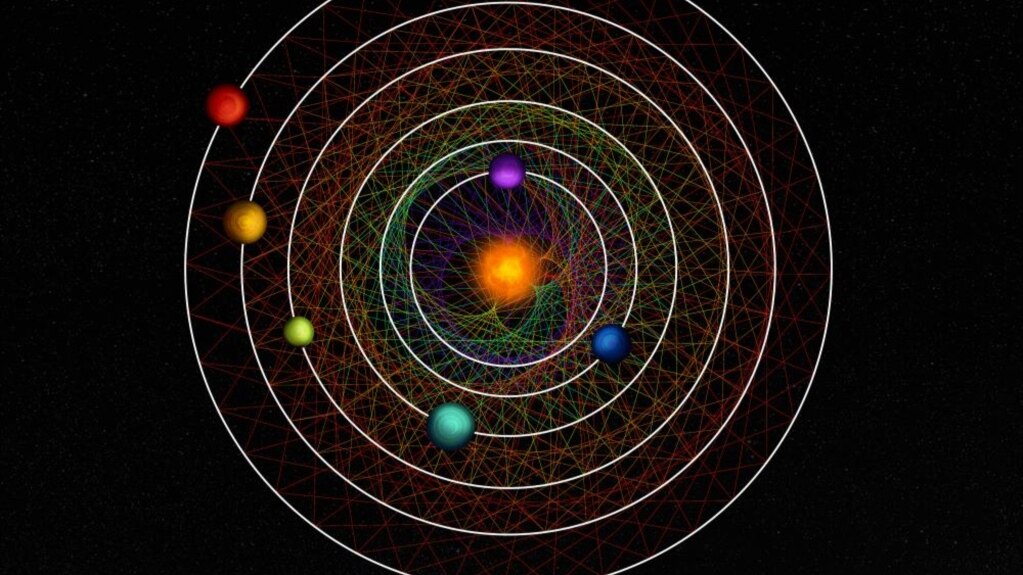Scientists have identified six planets orbiting a nearby star “in perfect harmony” in our Milky Way galaxy. The solar system appears to be untouched by outside forces since it was created, likely billions of years ago.
The rare discovery was made by observations from a pair of space telescopes – the European Space Agency’s Cheops, and Tess, operated by the American space agency NASA. The find is expected to provide astronomers with new data to help them learn more about how solar systems form and develop.
The six planets sit in the northern sky constellation of Coma Berenices, about 100 light-years from Earth. A light year is the distance light travels in a year – about 9.5 trillion kilometers.
The star the planets are orbiting is known as HD110067. It is about 20 percent smaller in mass than our sun. The six planets are about two to three times the size of Earth. But they are believed to have densities closer to gas giants in our own solar system, such as Jupiter and Saturn.
The scientists say the planets are considered “sub-Neptunes.” This is a common kind of planet found within our Milky Way galaxy. These planets are generally much larger than Earth but smaller than Neptune.
The orbits range from nine days to 54 days. This puts them closer to their star than Venus is to our sun. It also makes the planets intensely hot. The researchers say that while only six planets were discovered, there could be more.
An international team of astronomers recently described the findings in a study that appeared in the publication Nature.
The researchers reported the six planets were in a rare condition called orbital resonance. This is when two or more moons line up with their parent planet at regular times and interact gravitationally. In this case, the team described the solar system as completely “synchronized” in a gravitational formation. Synchronized means happening at the same time and speed.
The scientists say it is likely these synchronized orbits have been happening since the system formed about 4 billion years ago. The planets were identified by observing small drops in the star's brightness when a planet passed in front of the star.
Hugh Osborn, of the University of Bern in Switzerland, helped lead the research. He said the resonance interactions demonstrate “the mathematical beauty” of the system. Osborn added that the newly discovered system could possibly "unlock the secrets of these mysterious sub-Neptune planets, which we know so little about."
The lead writer of the study was Rafael Luque. He is an astronomer from the University of Chicago. He said the discovery will likely become a very useful tool to study sub-Neptunes.
Scientists have long wondered whether sub-Neptunes might be rocky planets with thick atmospheres of hydrogen and helium. They have also suggested the planets might be made of rock and ice, with warm and water-rich atmospheres.
Luque said the synchronized nature of the discovered system is highly rare and requires further study. “We think only about one percent of all systems stay in resonance, and even fewer show a chain of planets in such configuration,” he said. “It shows us the pristine configuration of a planetary system that has survived untouched.”
Enric Palle is a researcher at the Institute of Astrophysics in the Canary Islands. He told the Associated Press that while astronomers know of 40 to 50 in-sync solar systems, none have as many planets in such perfect synchronization as the newly discovered one.
The University of Bern’s Osborn said he was surprised but pleased when the orbital periods of the planets came close to what scientists predicted. “My jaw was on the floor,” he said. “That was a really nice moment.”
I’m Bryan Lynn.

